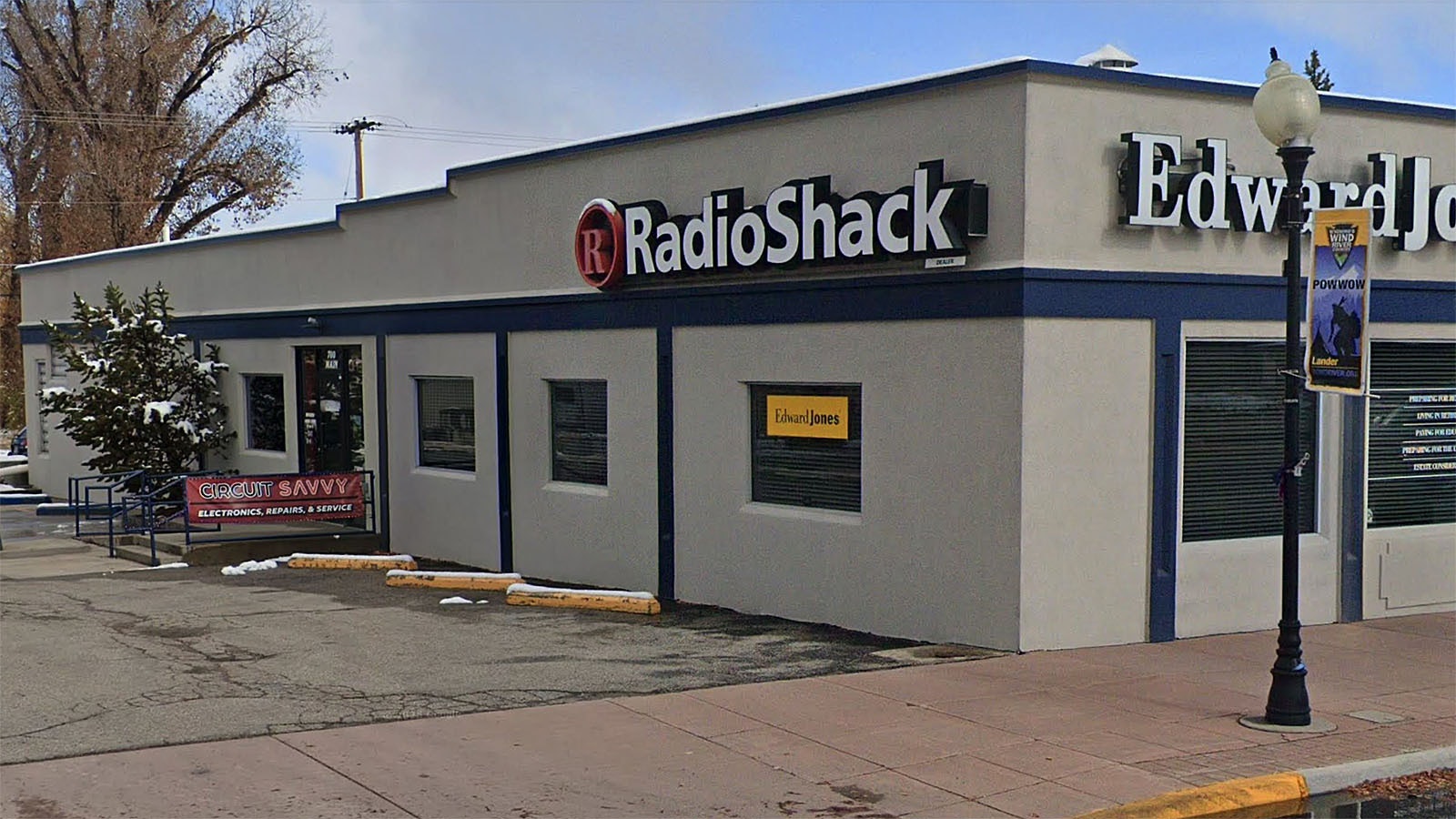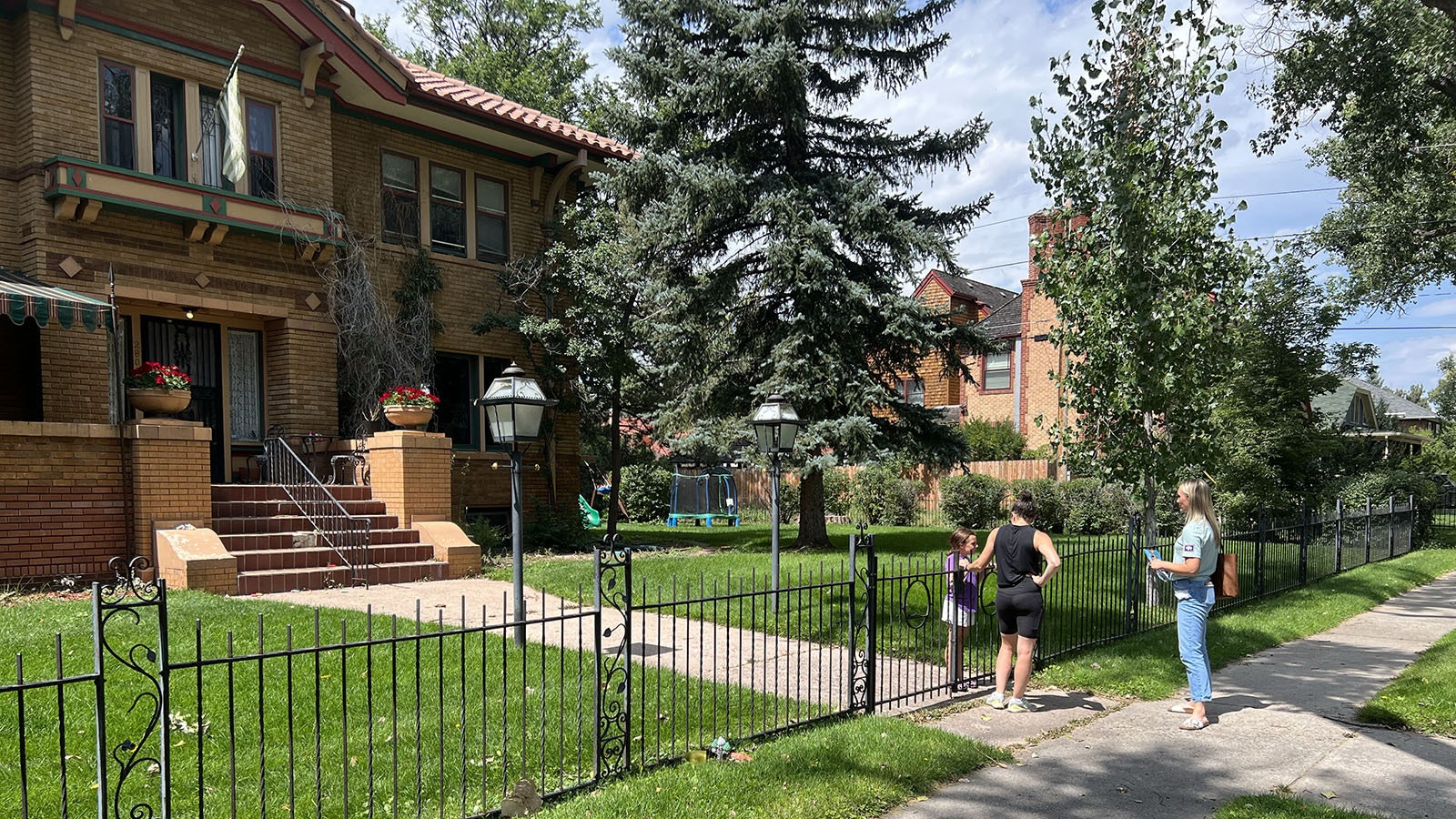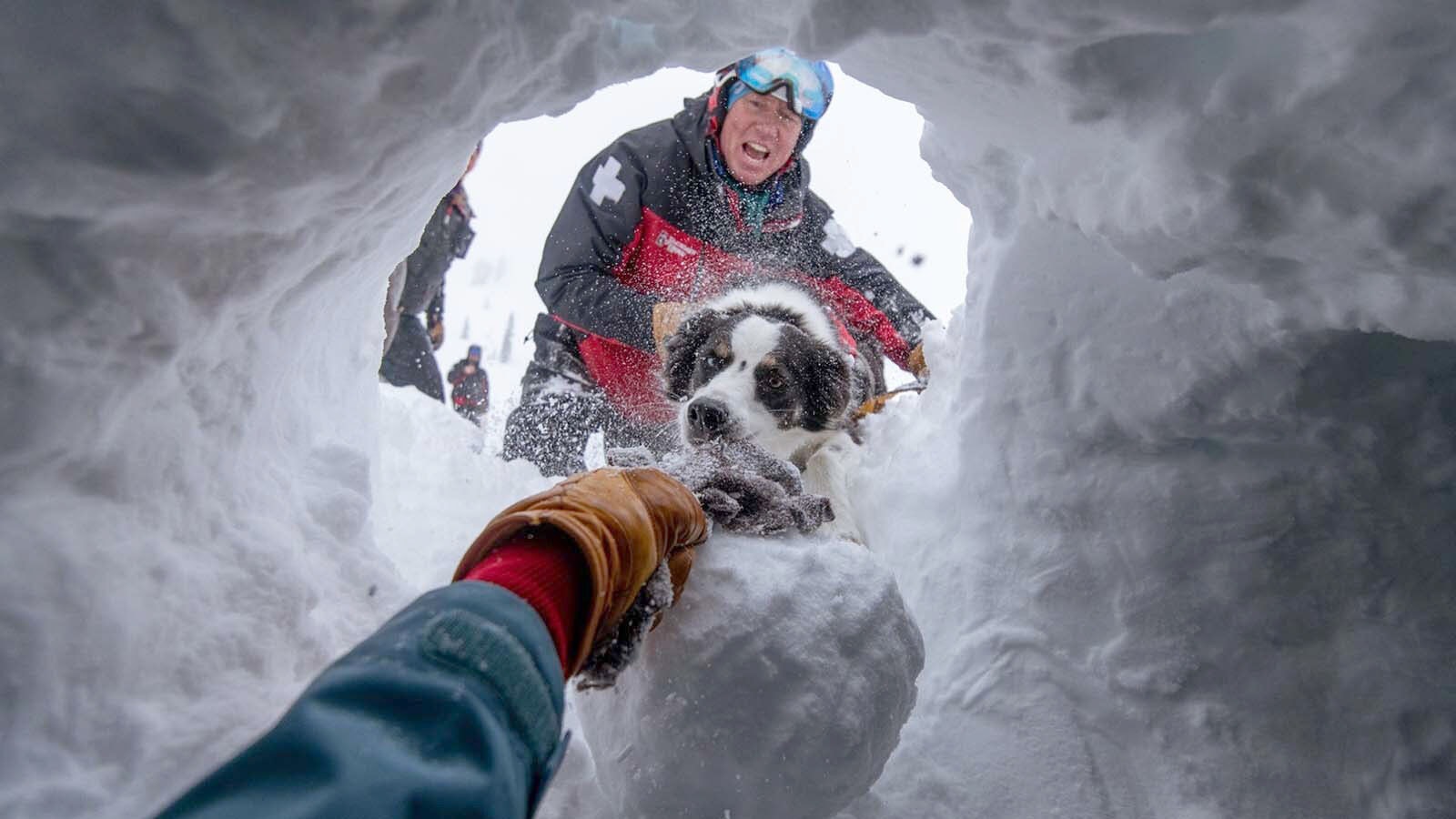Things are beginning to come into focus for the CK Gold Project 20 miles west of Cheyenne with its state permits in hand, a local permit process with Laramie County underway and a gold market that’s exciting investors about gold in general. They all create huge potential upside for the company.
U.S. Gold Corp., which owns the CK Gold Project located in Wyoming’s old Silver Crown Mining District, is set to appear before Laramie County Board of Commissioners for a permit hearing on June 17 for the project.
In the meantime, U.S. Gold Corp. has been making the usual rounds with investors to talk up its project, which will need an estimated $300 million in capital for construction.
Optimism does seem high for the project, with firms like New York-based H.C. Wainwright not only rating the company a buy but also increasing their target price for U.S. Gold Corp.’s stock from $14 to $15. U.S. Gold Corp.’s stock was trading at $11.29 Wednesday morning.
Gold prices, meanwhile, which were trading at $3,323 per ounce on the spot market Wednesday, are undoubtedly helping the company find additional momentum.
However, the company’s not counting on the recent surge in gold prices to give its project legs.
In fact, Jason Begger, external affairs consultant for U.S. Gold Corp., told Cowboy State Daily the company is sticking with a gold price of just $2,100 per ounce.
“That price was determined by a number of commodity traders and arrived at independently to help determine a conservative, but justifiable, average future price for investors, financiers and underwriters to utilize,” he said.
The number could change over time, Begger acknowledged. But keeping it conservative helps the project showcase its upside, while also showing it’s not reliant on top dollar for gold.
Was Once A Copper Mine
U.S. Gold Corp. acquired its CK Gold Project in 2016. The name, CK, harks back to the old Copper King mine, whose remains are still visible near the ghost town of Hecla, Wyoming.
At one time, 800 or so people lived in Hecla, with several miners working at small deposits in the area.
U.S. Gold Corp. President and CEO George Bee told Cowboy State Daily in a 2024 interview that the site still has a shaft and some lateral development but was ultimately abandoned in the 1920s.
Technology and gold prices at the time were just not good enough for it to be lucrative anymore.
“The old timers were looking for very high-grade materials in those days,” he said. “Gold was pegged at $35 an ounce, and copper wasn’t terribly attractive.”
Copper King didn’t have many continuous veins of higher-grade material, so the mine played out quickly. The miners, after not being paid, decided to take that out on the company by blowing up its boiler.
That was a nail in the coffin for the mine, leaving it idle for decades until more recently, when U.S. Gold Corp. decided it deserved a second look.
In fact, it was Bee who recommended that U.S. Gold Corp. keep the mine and develop it. The company had been planning to sell it off for funds to explore another of its projects in Nevada.
Bee, after taking a closer look at the mine, told them they’d be crazy to sell it. As he sees it, the mine is a bird in hand, versus chasing two in the bush.
“It’s just a nice mine in a great jurisdiction,” he said. “And it’s technically very simple.”

Economic Impact Up To $80 million
A 2021 study of the asset projects a resource of around 1.01 million ounces of gold and 248 million pounds of copper over a 10-year lifespan.
The potential economic impact of the mine, however, is huge, despite the relatively short lifespan.
A University of Wyoming Center for Business and Economic Analysis estimates the project will create 2,600 direct and indirect jobs, including indirect positions that would support the mine, as well as $70 to $80 million in taxes and royalties.
Mines in general have ripple effects on future economic development as well, thanks to new infrastructure that typically is required otherwise support the mine.
Those generally include new roads, additional power supply, and water management systems. Those are all things that will outlive the mine and can be leveraged for future benefits.
The additional tax revenue and royalties from the mine, meanwhile, can help benefit not only regional economic growth, but also public services, like education, health care and transportation.
The mine, with its proximity to Cheyenne, should have good access to skilled labor and infrastructure, another factor that will help strengthen the surrounding economy.
Making Gold Greener
One of the things that’s helping the CK Project along is that modern technologies mean it’s no longer necessary to have continuous veins of high grades for a profitable mine.
Gold mining is also becoming more and more environmentally friendly, Bee said.
For this particular project, there will be no smelting onsite. Copper and gold will all be mined from a sulfide mineral called chalcopyrite using froth floatation. Rocks are ground ultra finely, so that a slurry can be made with water.
Frothy bubbles that include a collector agent are pushed through the slurry, which prefers the bubbles to the water, sticking to them. Those bubbles will overflow from the tank into a collection trough.
This dry-stacking method means few emissions on site, and minimal chemical use as well.
Bee said CK Gold will also use recycled water, to conserve the resource in what is a naturally dry area.
Usually, mines create an impoundment area after taking concentrates out, letting water evaporate away and solidifying the tailings for eventual reclamation.
“In our case, we will spend extra money on a filtration press to squeeze all the water out of the tailings so we can recycle it and conserve water,” he said.
The filter cake that’s left behind is a little like coffee grounds after a pot of coffee is brewed, Bee said. The cake is essentially finely ground sand that can be covered with rock and topsoil for revegetation with native plants and grasses.
Renée Jean can be reached at renee@cowboystatedaily.com.





